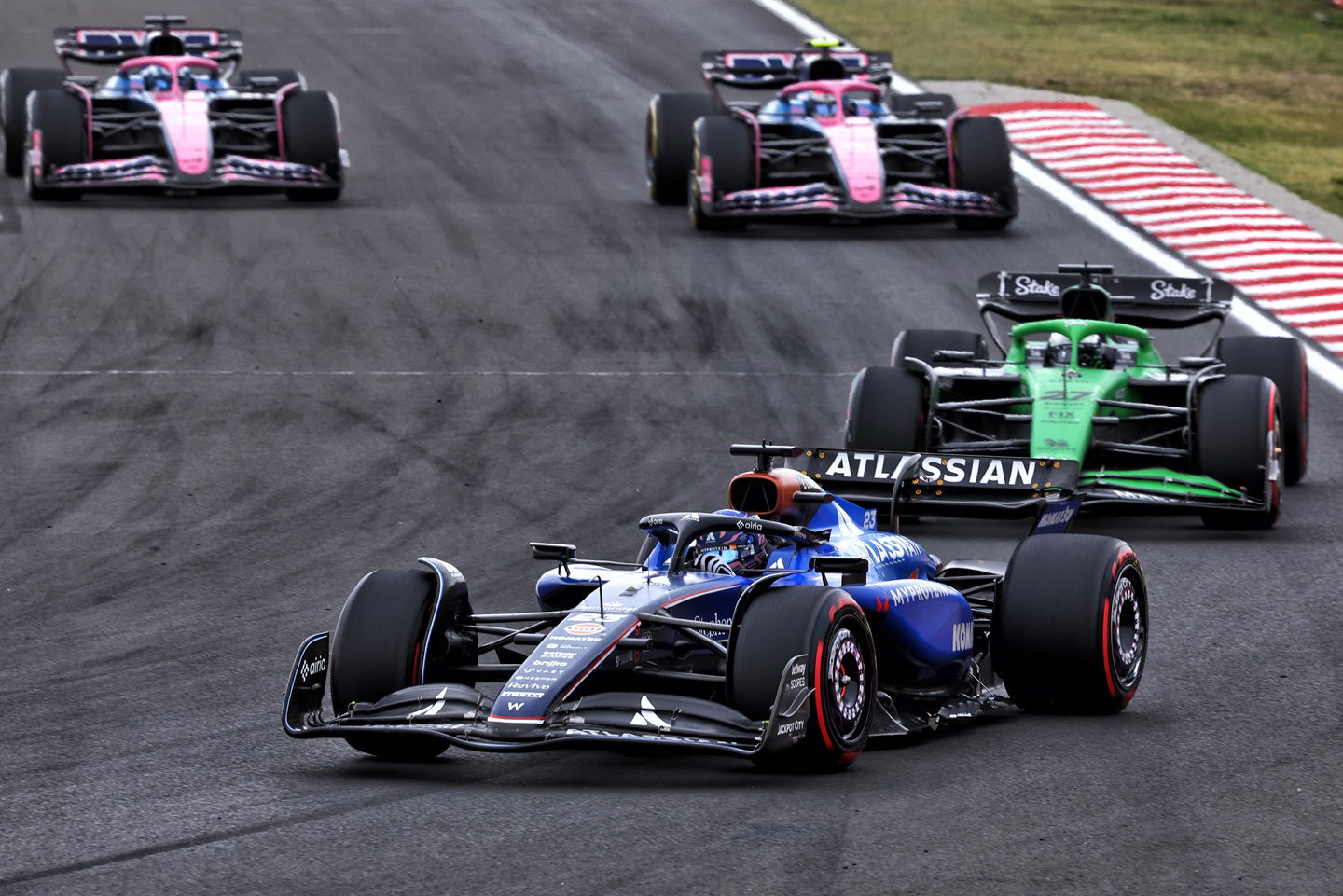McLaren would “struggle to get out of Q1” if F1 rules stay, a tech chief claims
Dan Fallows believes there is still scope for convergence under the current regulations.

Former Aston Martin technical chief Dan Fallows has claimed that McLaren would “struggle to get out of Q1” if Formula 1 teams are given another year to master the regulations.
The current ground-effect cars introduced in 2022 will be replaced by the 2026 F1 regulations, which will usher in a new generation of power units.
As the current era draws to a close, McLaren has cemented itself as the new benchmark in F1, with Oscar Piastri and Lando Norris winning 11 out of the first 14 races between them in the all-conquering MCL39.
With the entire grid switching focus to the new ruleset after the summer break, it’s highly likely that the Woking-based squad will maintain its advantage over the rest of the pack until the end of the season.
Several teams feel the current ground-effect formula has matured, leaving little room for further gains. As such, they believe a new ruleset is needed to reset the field and give engineers more freedom to bring fresh ideas.
McLaren may tumble if F1 rules stay the same
However, Fallows feels there is still scope to develop the current generation of cars further, and says if the regulations stay the same, McLaren could tumble down the pecking order.
“Development for 2025 is slowing down as teams concentrate on the awesome task of developing all-new cars for 2026,” the Briton wrote in a column on Raceteq.
“It’s getting harder and harder for teams to extract more downforce from the main components of the car - and we haven’t seen genuine innovation on the floors of the cars for over a year, for example.
“Yet there are many other ways to add performance.
“Managing tyre temperature in race trim is critically important to allowing drivers to race at speed rather than under-driving to preserve tyre life.
“Thermal management prevents tyre sliding, particularly at the rear axle in corner entry, which is a common issue for cars at the limit of grip.
“Were we to continue with these current regulations in F1 for the next two years and McLaren’s development stagnated compared to the rest of the grid, it would struggle to get out of Q1 by the end of 2026.
“The pace of progress is extraordinary, as evidenced by the fate of teams that have not managed to stay with that pace.
“Ironically, the teams’ focus being drawn to the 2026 regulations has partly helped spawn closer and more exciting racing in 2025.”
F1 2026 rules are a major change
F1 will introduce new chassis, aerodynamic and engine regulations next year in one of the biggest shifts seen in the series’ 75-year history.
The new power units will play a significant role in determining the form book, with the MGU expected to supply 50% of the total power unit amid a push for increased reliance on electrical energy.
Although Fallows believes the grid could close up if the current rules are left unchanged, he still feels F1 is heading in the right direction with its planned 2026 overhaul.
“The current regulations are not perfect. Cars are heavy as a result of increased safety requirements and more complex regulations,” he wrote. “Furthermore, their vast footprint makes it harder to produce racing at tighter circuits like Monaco.
“There’s also still a heavy reliance on the drag reduction system (DRS) to allow overtaking.
“And the cars also look very similar - a shame given the potential for the talented teams in F1 to innovate.
“The 2026 regulations should move things in the right direction and fans will relish the prospect of the competitive order shifting.
“Part of that shift will come from power units, which could become a more significant performance factor as some manufacturers will be more successful at adapting to larger energy stores and the removal of the motor generator unit - heat (MGU-H) components.
“The aerodynamic regulations mark a move away from heavily sculpted floors to a concept more in line with previous generations.”


